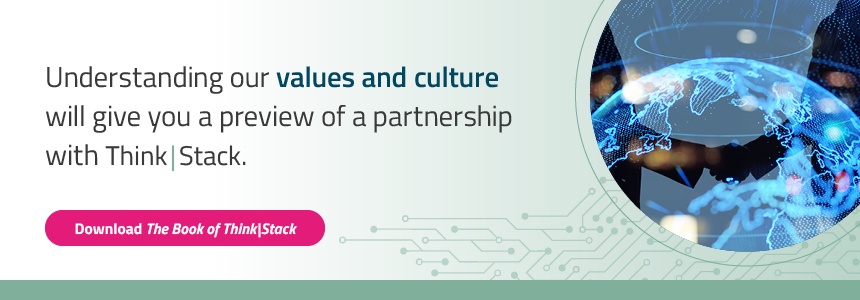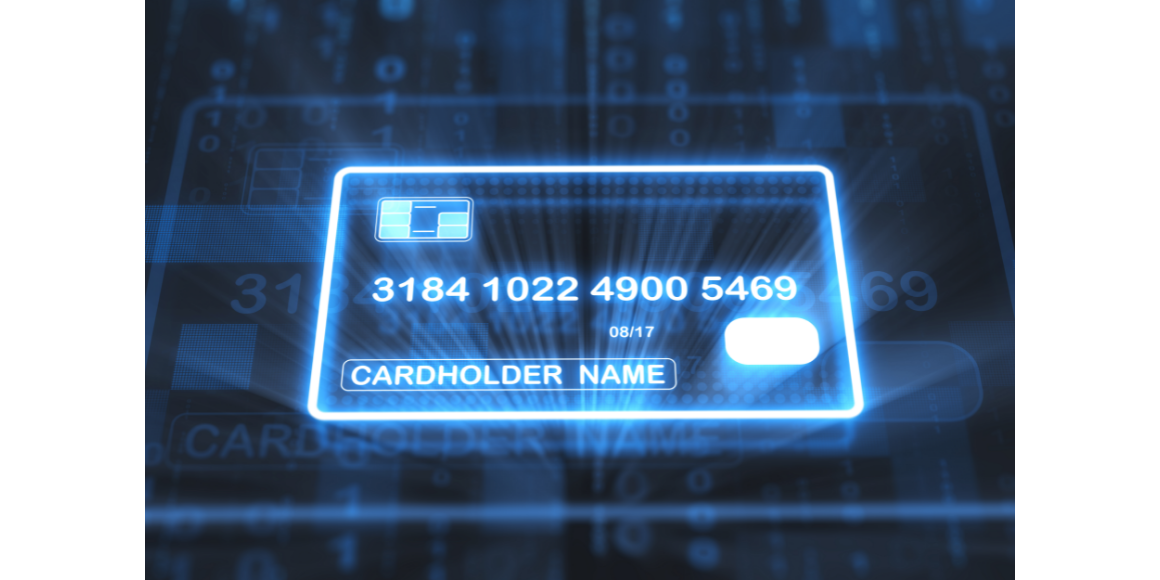Colonial Pipeline reportedly paid $5M to hackers to end the ransomware attack, but the attack has resulted in dire consequences for consumers including price spikes, fuel shortages, and panicked buying up and down the East Coast.
While the supply chain is straightforward, the protection of it is not. A complex web of technology and security controls left unmonitored leave businesses like Colonial Pipeline vulnerable.
 The delivery of services to credit union members has a similar supply chain process, often supported by outdated technology and security. Members and businesses access their account in-person or online to process transactions, loan payments, mobile check deposits, report fraud, make ACH payments, and a host of critical functions required to manage personal and business needs and operations.
The delivery of services to credit union members has a similar supply chain process, often supported by outdated technology and security. Members and businesses access their account in-person or online to process transactions, loan payments, mobile check deposits, report fraud, make ACH payments, and a host of critical functions required to manage personal and business needs and operations.
Every institution's priority is to earn each member's trust and constantly strive to exceed member expectations while not putting the institution at risk. When credit unions fail to invest in an innovative and prudent technology strategy that both harnesses the power of the platform and incorporates sophisticated security controls, a breach could result in a disruption to the supply chain that leaves members vulnerable and without access to critical financial functions.
Imagine a breach that prevents a member from processing a loan, paying a vendor or accessing funds.
As credit unions work to provide members with evolving digital experiences and data protection, the demand is growing for strategic partners that can provide 24x7 cybersecurity services, help design technology environments, and deliver cloud expertise to support a credit union’s digital transformation journey. Traditionally, financial institutions have been slower to adopt tested and secure cloud technologies than the bigger banks and fintechs. By carefully selecting cybersecurity vendors who can leverage economies of scale in data and stay ahead of threats, credit unions can design, build and manage environments securely.
Here are 5 ways your organization can begin to mitigate the risks of a cyber attack.
- Understand what people and tools have access to member data - what are the security practices of these vendors? Cybersecurity requires complex planning, monitoring and agility.
- Analyze your existing framework – Is it nimble and agile? Do you have the right tools and security controls in place?
- Build a modular environment that lays the foundation for modern networks that can handle the addition of new technologies and vendors with the right security controls in place.
- Train your staff to understand security protocols and procedures.
- Iterate. Learn what worked from the member and employee side; what were the successes, pain-points, and overall experiences and continue to improve on the controls, protocols and processes you have in place.
Cybersecurity is no longer just about building a strong perimeter. It is critical that credit unions have a partner that understands the nuances of the industry, the applications they use, the vendors they use, compliance and regulation requirements, and how their members interact in order to protect the industry from sophisticated hackers.
Want to learn more about our process and experience? Schedule a call with one of our experts to see how we can help you with your digital transformation.
About the Author

Cal Bowman
VP Strategy & Innovation





